Home>Interior Design>Where Should A Bed Be Placed In A Room? 5 Fail-Safe Positions
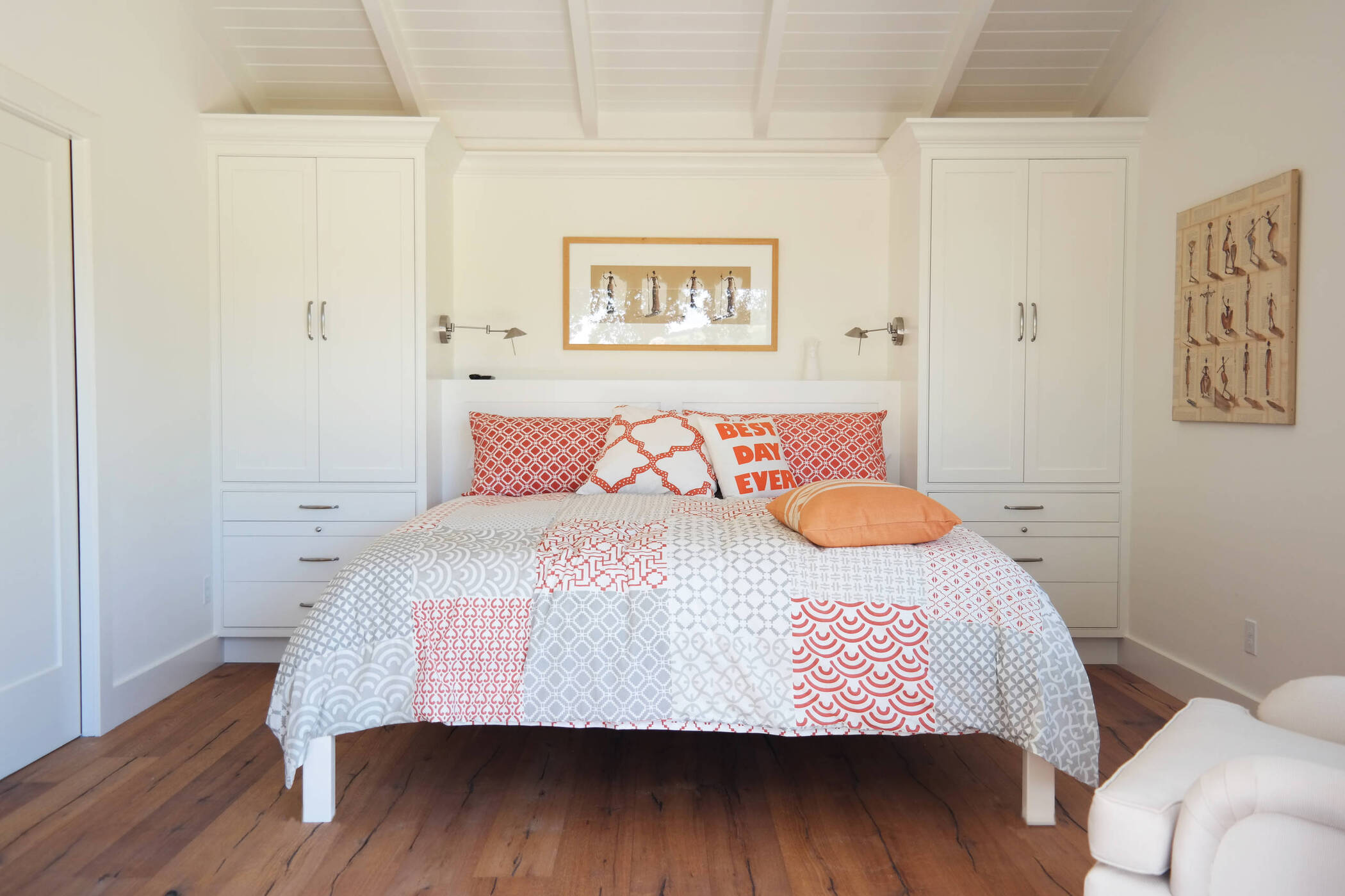

Interior Design
Where Should A Bed Be Placed In A Room? 5 Fail-Safe Positions
Modified: May 6, 2024
Discover the best placements for your bed in a room with these fail-safe interior design positions. Optimize your space and create a harmonious environment.
(Many of the links in this article redirect to a specific reviewed product. Your purchase of these products through affiliate links helps to generate commission for Storables.com, at no extra cost. Learn more)
Introduction
Choosing the right placement for your bed is crucial for creating a harmonious and functional bedroom design. After all, the bed is the centerpiece of any bedroom and sets the tone for the entire space. Whether you’re designing a new bedroom or contemplating a layout change, understanding the different options for bed placement can help you create a room that feels comfortable and visually appealing.
In this article, we will explore five fail-safe positions for placing a bed in a room. Each position offers its own unique advantages, so you can choose the one that suits your personal preferences and the layout of your space. So, without further ado, let’s dive in!
Key Takeaways:
- 1. Bed placement is crucial for a harmonious bedroom design. Options include against the longest wall, diagonally, centered on a wall, under a window, or in a corner, each offering unique advantages for aesthetics and functionality.
- 2. Consider room size, natural light, and furniture arrangement when choosing a bed placement. Experiment with different positions to create a well-designed and captivating bedroom that reflects your style and promotes restful sleep.
Read more: Where To Place The Bed In A Room
Position 1: Against the Longest Wall
One of the most common and practical bed placements is against the longest wall in the room. This position works well in bedrooms of all sizes and shapes, as it maximizes the available space and creates a sense of balance.
By placing the bed against the longest wall, you create a natural focal point in the room. This allows for easy arrangement of furniture and creates a visually pleasing layout. Additionally, by positioning the bed in this way, you create clear pathways around the room, promoting a sense of flow and preventing any potential obstructions.
This placement is especially beneficial in smaller bedrooms, as it frees up space in the center of the room for other furniture pieces or storage solutions. It also allows for the placement of bedside tables or nightstands on either side of the bed, providing convenient storage and surfaces for lamps, books, or other nighttime essentials.
In larger bedrooms, placing the bed against the longest wall can create a luxurious and expansive look. This position allows for the addition of a headboard or decorative wall treatment, further enhancing the overall aesthetic of the room.
While this placement is generally considered the most traditional, it offers a timeless and versatile option that can be adapted to different design styles. Whether your bedroom has a classic, modern, or eclectic vibe, placing the bed against the longest wall can serve as a solid foundation for the rest of your design choices.
Position 2: Diagonally Across the Room
If you’re looking for a creative and visually dynamic bed placement, consider positioning your bed diagonally across the room. This unconventional approach adds a touch of drama and can make a bold statement in your bedroom design.
By placing the bed diagonally, you create a sense of movement and energy in the room. It breaks away from the traditional linear layout and adds visual interest to the space. This placement works particularly well in larger bedrooms with ample floor space, as it allows for a more expansive and open feel.
Another advantage of diagonally placing your bed is that it can help to create a focal point in the room. The diagonal positioning draws attention to the bed and can be complemented by accentuating it with a decorative bed frame or an eye-catching headboard.
In terms of furniture arrangement, this positioning allows for flexibility. You can place bedside tables or nightstands on either side of the bed, creating a symmetrical look. Alternatively, you can place a single nightstand at the foot of the bed, framing the diagonal line.
However, it’s important to consider the overall flow and functionality of the room when opting for this placement. Ensure that there is enough space to maneuver around the bed comfortably and that it doesn’t block any natural light sources, windows, or doors.
The diagonal placement of the bed also works well in rooms with unique architectural features or irregular shapes. It can help to soften sharp corners or highlight interesting angles, making the most of the room’s design.
When considering this bed placement, keep in mind that it may require some adjustments to the rest of the furniture layout. Ensure that other key pieces, such as dressers or desks, are placed harmoniously within the room.
Overall, positioning your bed diagonally across the room can bring a sense of drama, style, and uniqueness to your bedroom design. It’s a great choice for those looking to break away from convention and create a visually captivating space.
Position 3: Centered on a Wall
Placing your bed centered on a wall is a popular and classic choice that offers both simplicity and symmetry. This positioning creates a balanced and harmonious look in the room, making it a great option for those who appreciate clean and organized design.
By placing the bed in the center of a wall, you create a focal point that draws attention and anchors the room. This placement works well in bedrooms of various sizes, as it creates a sense of proportion and balance. It also allows for easy arrangement of other furniture pieces around the bed.
This bed placement option is particularly effective in bedrooms with limited space. By centering the bed on the wall, you maximize the available space on either side, creating room for bedside tables or nightstands. This ensures that you have convenient surfaces for lamps, books, or other bedside essentials within reach.
The centered bed placement can also create a sense of sanctuary and relaxation. It positions the bed in a visually prominent location, making it the main focus of the room. This can be further emphasized by adding a statement headboard or accentuating the wall with decorative art or wallpaper.
Furthermore, this placement allows for flexibility in terms of bed size. Whether you have a twin, full, queen, or king-size bed, centering it on a wall can create a balanced and visually pleasing composition.
When considering this bed placement, it’s important to take into account the overall flow and functionality of the room. Ensure that there is enough space to move around the bed easily and that it doesn’t obstruct any doorways or windows.
In terms of design aesthetics, a centered bed can be complemented by symmetrical furniture arrangements. You can place matching bedside tables or nightstands on either side of the bed, creating a cohesive and visually balanced look.
Overall, placing your bed centered on a wall offers a timeless and elegant option for your bedroom design. It creates a balanced and harmonious look while allowing for practicality and flexibility in furniture arrangement.
1. Against a solid wall for stability and support.
2. Diagonally in a corner for a cozy feel.
3. Centered on a long wall for balance.
4. Floating in the middle of the room for a spacious look.
5. Under a window for natural light and a view.
Position 4: Under a Window
Placing your bed under a window is a unique and visually appealing option that can transform your bedroom into a cozy and charming retreat. This positioning not only makes use of natural light and views but also adds a sense of breezy elegance to the space.
By positioning your bed under a window, you create a focal point that draws the eye towards the outdoor scenery. It allows you to wake up to the soft glow of morning sunlight or enjoy the calming sight of nature during the day. This connection to the outside world can enhance the overall ambiance of the room and promote a sense of tranquility.
In addition to the aesthetic aspect, placing the bed under a window can also be practical. It maximizes the available space in your bedroom, making efficient use of the area that might otherwise remain unused. This is especially beneficial in smaller bedrooms, where every inch counts.
When placing the bed under a window, it’s important to consider the practicalities. Ensure that there is enough space for the bed frame and headboard to comfortably fit below the window. If you have curtains or blinds, make sure they are easy to open and close without obstructing the functionality of the bed.
Another consideration is temperature control and privacy. Ensure that the window has proper insulation and that you have suitable coverings to regulate light and privacy during different times of the day. This can be achieved through the use of curtains, blinds, or window treatments.
From a design perspective, placing the bed under a window allows for creative possibilities. You can frame the window with decorative elements or use the window sill as a display space for plants, candles, or other decorative items. This adds visual interest and personality to your bedroom design.
Overall, placing your bed under a window offers a unique and charming option for your bedroom. It connects you with nature, maximizes space, and allows for creative design elements. Just ensure that you address practical considerations such as insulation, privacy, and window coverings for a functional and visually pleasing arrangement.
Position 5: In a Corner
Placing your bed in a corner of the room is a clever and efficient way to maximize space while creating a cozy and intimate sleeping area. This bed placement option is ideal for smaller bedrooms or rooms with unconventional layouts.
By positioning your bed in a corner, you can create a sense of enclosure and privacy. This cozy and tucked-away feel can help you relax and unwind, making your bedroom a peaceful retreat. It also allows for easy access to the bed from one side, which can be practical in rooms with limited space.
In terms of design aesthetics, placing the bed in a corner can create a unique and visually interesting focal point. The corner placement accentuates the bed as the main feature of the room, drawing attention to its design and any statement headboards or decorative elements.
Furthermore, this bed placement option allows for efficient use of the remaining space in the room. You can utilize the open area in the center of the room for other furniture pieces, such as a dresser, desk, or seating area. This not only helps with the functionality of the room but also creates a balanced and well-designed layout.
When considering this bed placement, it’s important to take into account the overall flow and accessibility of the room. Ensure that there is enough space to move around the bed comfortably and that it doesn’t obstruct any doorways or windows. Adjust the placement according to the specific dimensions of your room.
Additionally, lighting is an important aspect to consider when placing your bed in a corner. Make sure there is adequate lighting near the bed, whether it’s through bedside lamps, wall sconces, or pendant lights. This will ensure that you have sufficient light for reading, relaxation, and creating a cozy atmosphere in the bedroom.
In terms of furniture arrangement, placing the bed in a corner can allow for creative possibilities. Consider using floating shelves or wall-mounted storage solutions to optimize vertical space. This can help keep the area around the bed clutter-free and provide additional storage options.
Overall, placing your bed in a corner offers a practical and visually appealing option for your bedroom design. It maximizes space, creates a cozy atmosphere, and allows for creative furniture arrangement. Consider this placement if you have a smaller bedroom or if you want to create a unique and intimate sleeping area.
Conclusion
The placement of a bed in a room plays a significant role in creating a harmonious and functional bedroom design. By considering different options for bed placement, you can tailor your space to fit your personal preferences and the specific layout of the room.
Throughout this article, we have explored five fail-safe positions for placing a bed in a room: against the longest wall, diagonally across the room, centered on a wall, under a window, and in a corner. Each option offers its own unique advantages and can contribute to the overall aesthetics and functionality of the room.
Placing the bed against the longest wall is a traditional and practical choice that maximizes space and creates a clear focal point. Positioning the bed diagonally across the room adds a touch of creativity and visual interest, making a bold statement in your bedroom design.
Centering the bed on a wall offers simplicity and symmetry, creating a balanced and harmonious look in the room. Placing the bed under a window allows for a connection to the outdoors and maximizes the available space while adding a cozy and charming touch.
Lastly, positioning the bed in a corner creates a sense of enclosure and privacy while maximizing the remaining space in the room.
When determining the optimal bed placement, it’s important to consider factors such as the size and shape of the room, natural light sources, furniture arrangement, and personal preferences. By finding the right balance between aesthetics and functionality, you can create a well-designed and captivating bedroom.
Remember, there is no one-size-fits-all solution when it comes to bed placement. It ultimately depends on your individual needs and the specific characteristics of your bedroom. Experiment with different positions and trust your instincts to create a space that reflects your style and promotes restful sleep.
So, whether you choose to place your bed against the longest wall, diagonally across the room, centered on a wall, under a window, or in a corner, make sure it enhances the overall ambiance and comfort of your bedroom. After all, a well-placed bed is the key to creating a relaxing and inviting space to retreat to at the end of each day.
Now that you've mastered bed placement, why not tackle another room in your home? Our next guide offers practical advice on arranging living room furniture to maximize both comfort and style. You'll find insightful tips that promise to transform your living space into a welcoming haven for family and friends. Ready to give your living room a fresh new look? Check out our expert rules next!
Frequently Asked Questions about Where Should A Bed Be Placed In A Room? 5 Fail-Safe Positions
Was this page helpful?
At Storables.com, we guarantee accurate and reliable information. Our content, validated by Expert Board Contributors, is crafted following stringent Editorial Policies. We're committed to providing you with well-researched, expert-backed insights for all your informational needs.
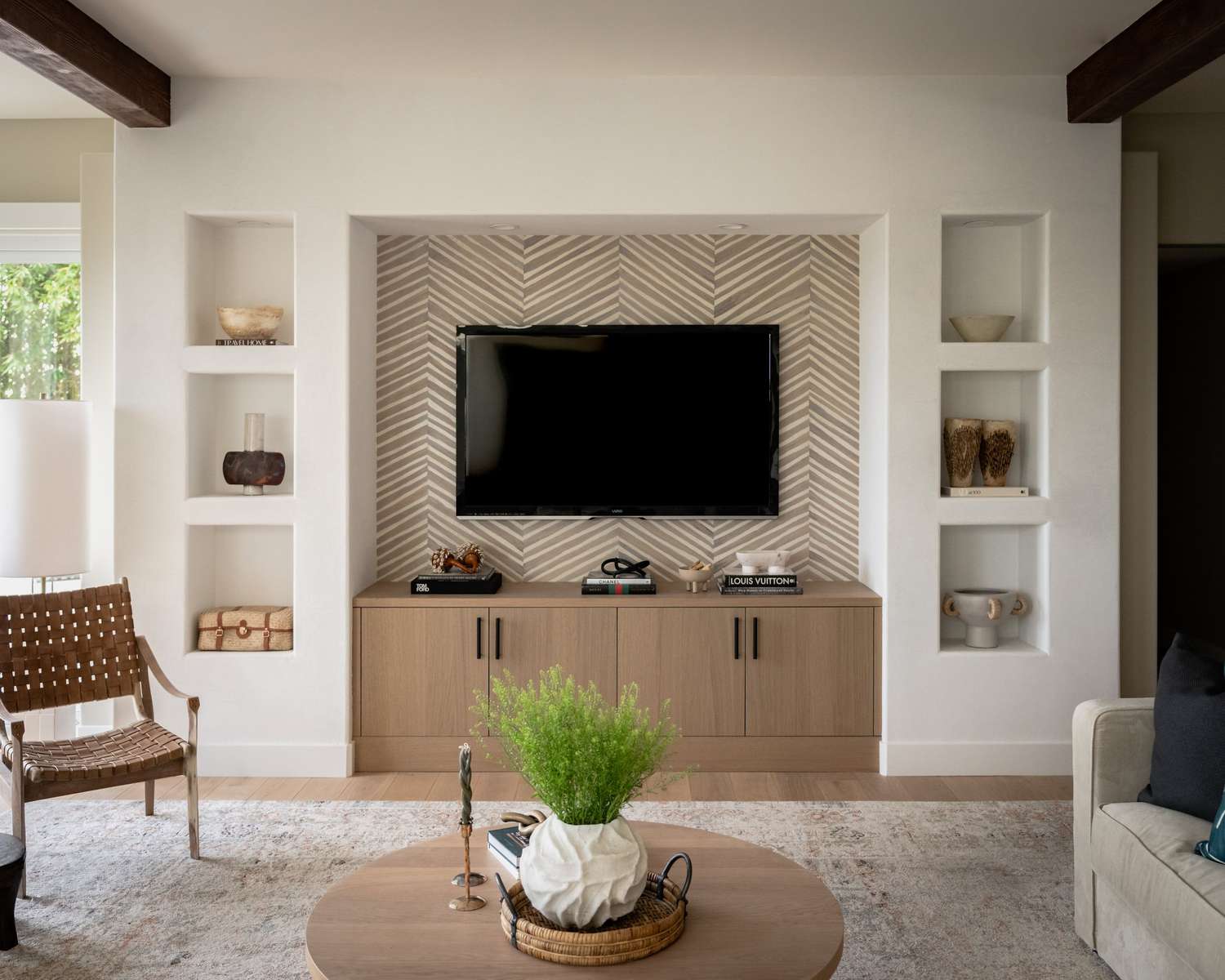
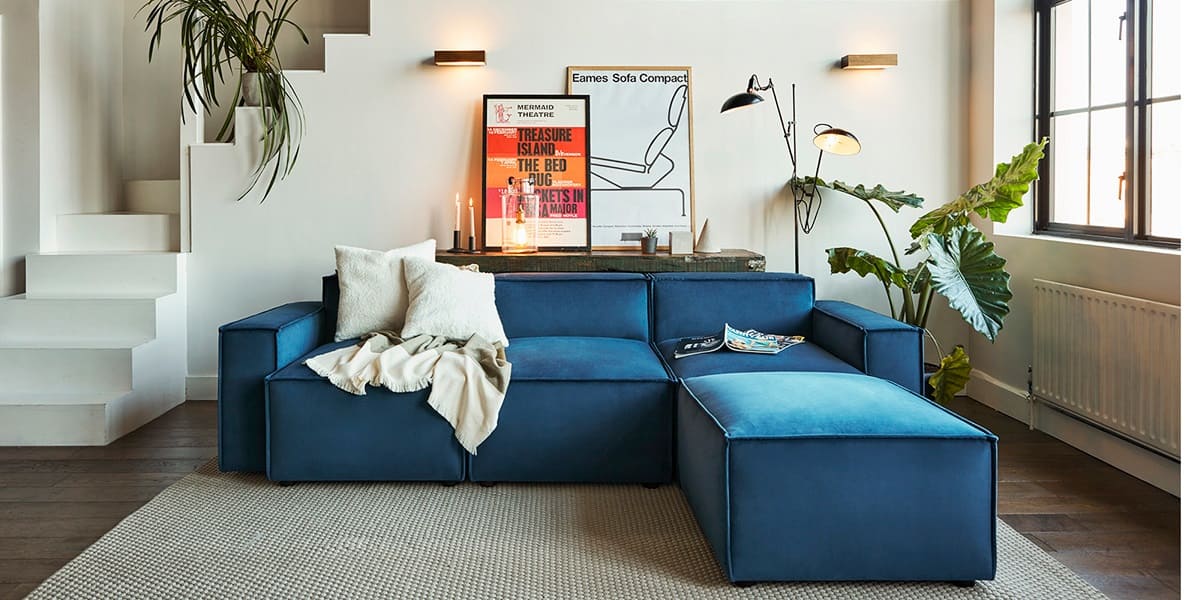
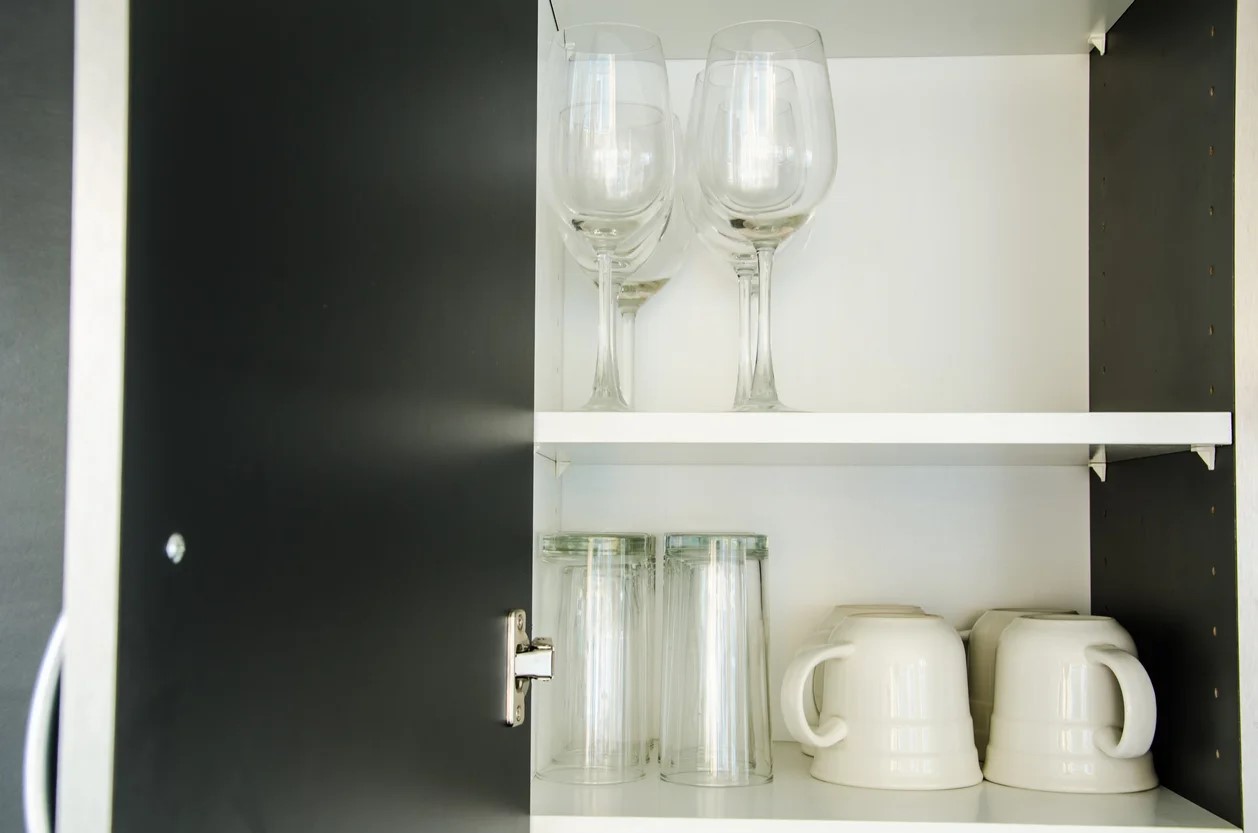

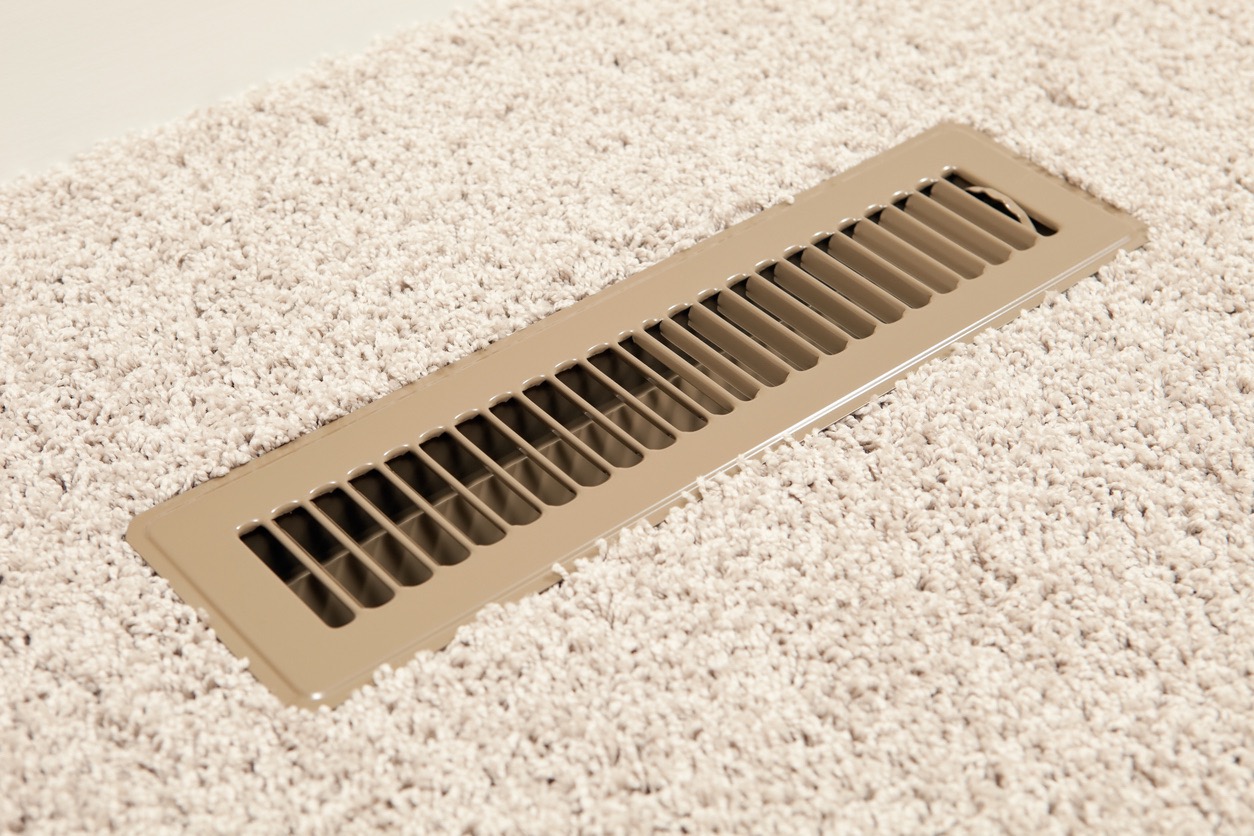

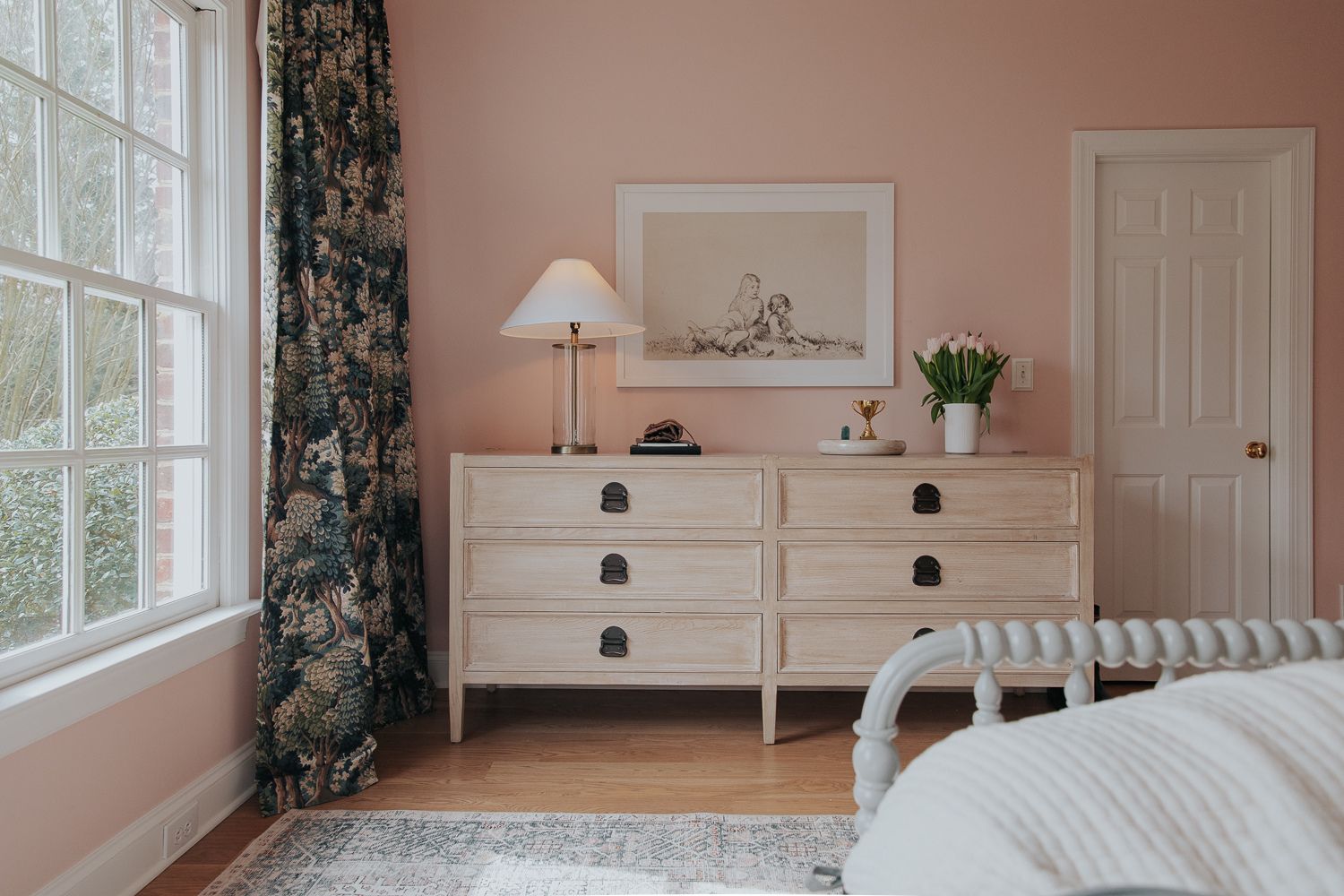
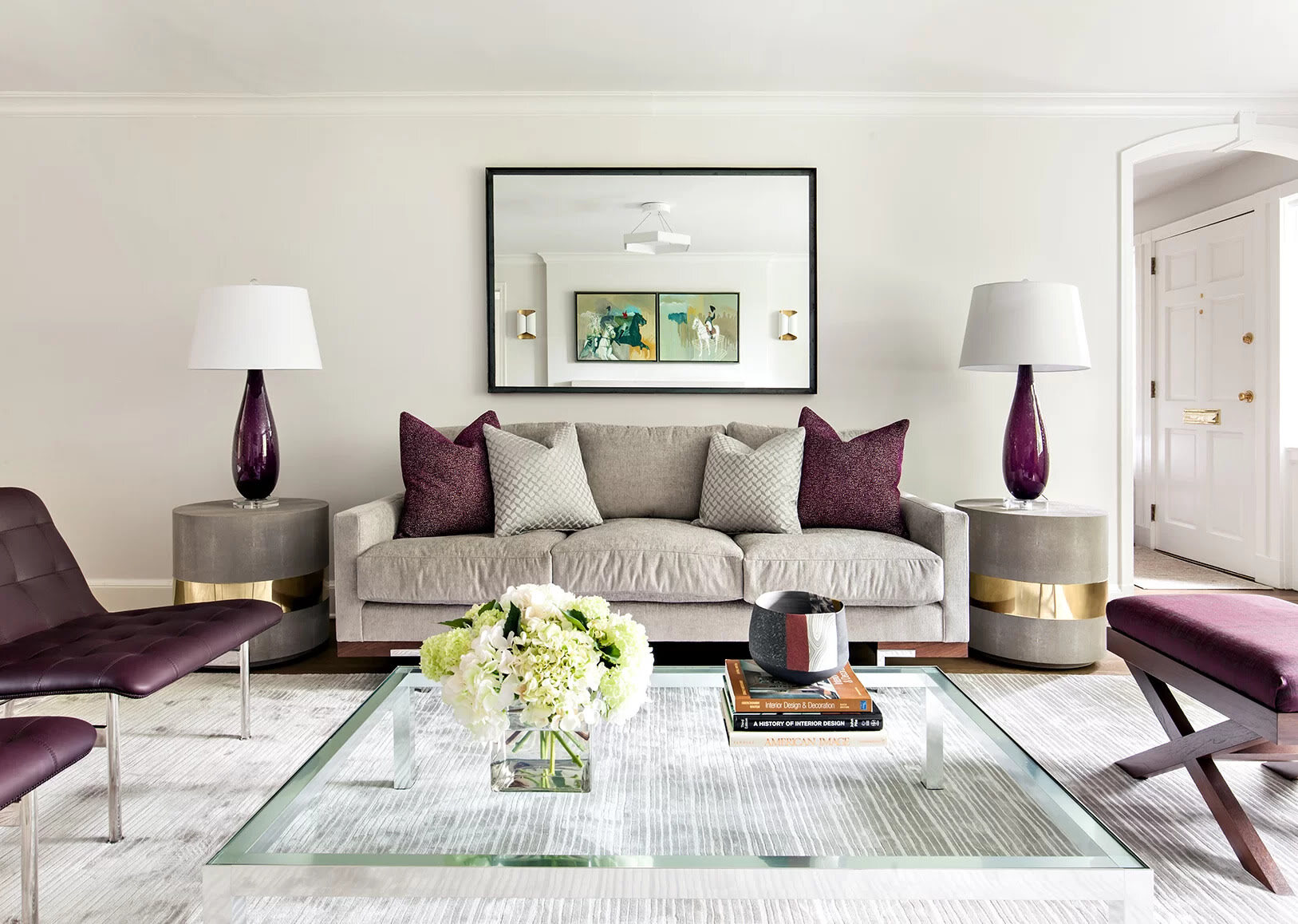

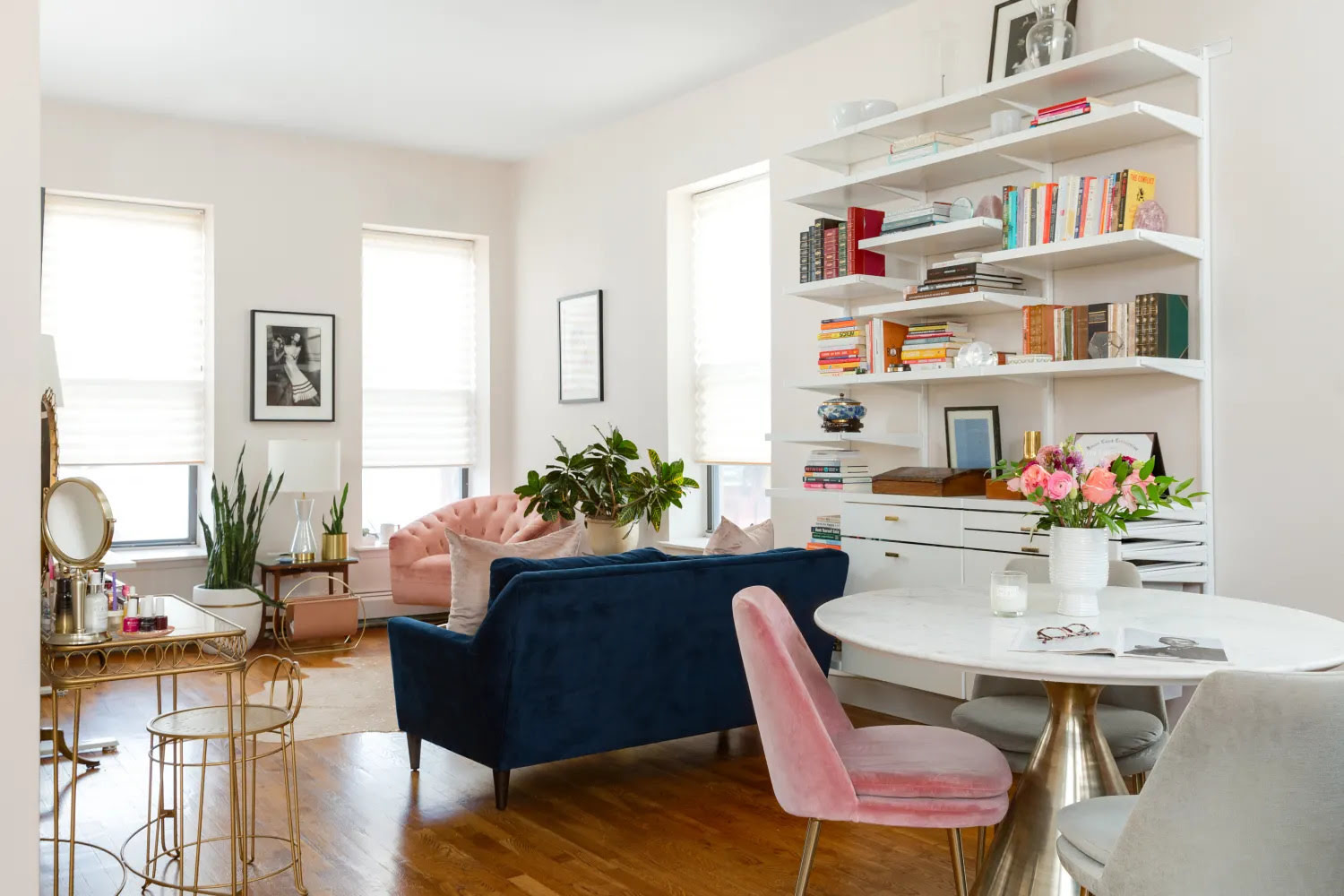
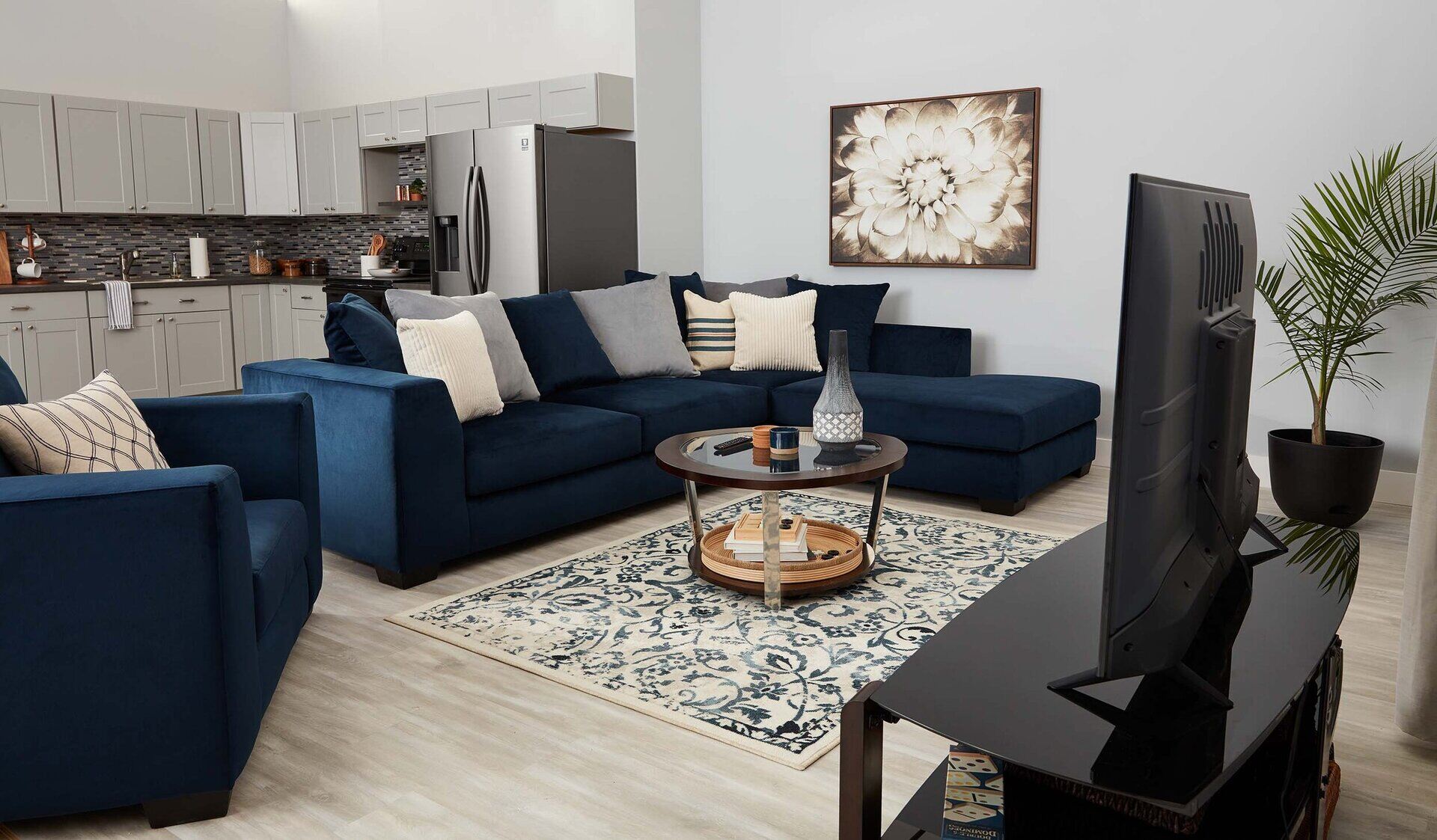
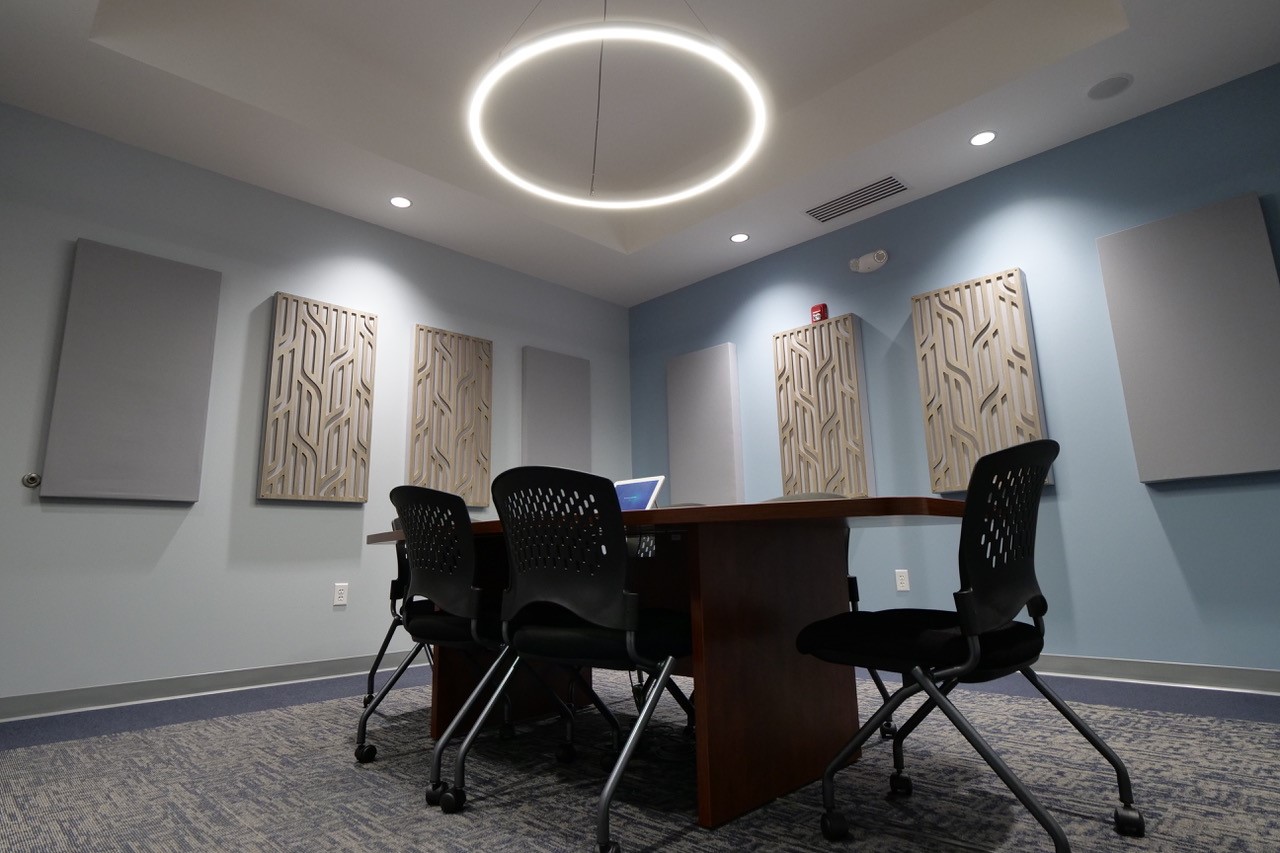

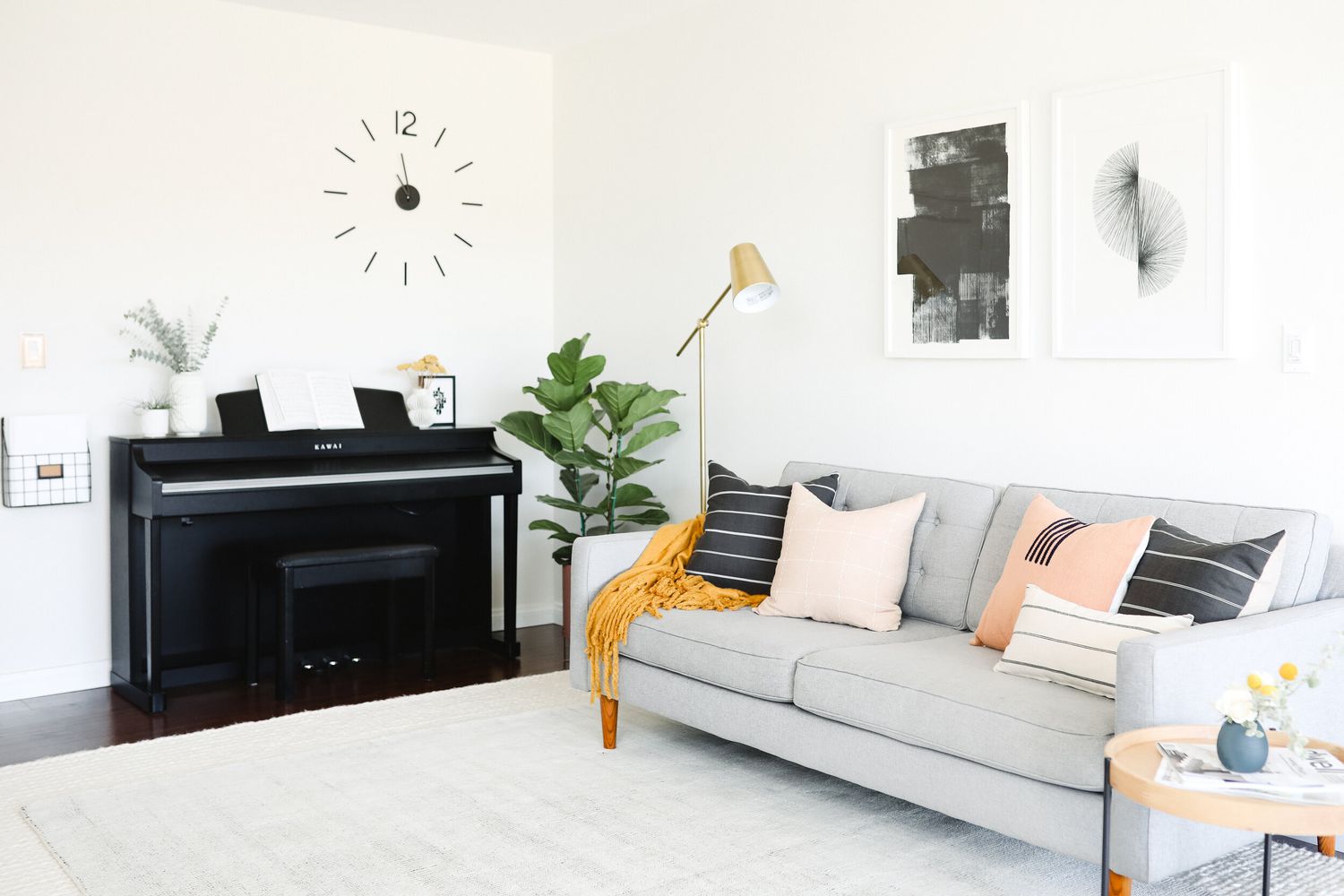

0 thoughts on “Where Should A Bed Be Placed In A Room? 5 Fail-Safe Positions”